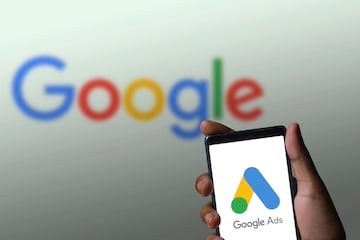Google and Microsoft are rolling out updates to improve transparency while removing redundant (and confusing) bidding features. The first Google update concerns AI Max for Search, a focus of the company’s recent Marketing Live event.
AI Max Transparency
Google launched AI Max for Search in May. It is now available in all accounts. Using AI, Google displays ads for more queries and customizes them based on the user. The idea is to reach more potential customers.
My initial impressions of AI Max for Search are positive. I haven’t experienced many conversions in my client’s accounts, perhaps because the additional traffic is low. But I’m receiving complementary traffic instead of cannibalizing the keywords I’ve bid on. In other words, it’s not driving traffic merely to generate clicks and spend, and moreover, the ancillary traffic appears qualified.
Two new segments provide AI Max clarity. First, advertisers can segment the Keyword report by search term match type. The report displays data from AI Max as well as standard exact, phrase, and broad match.
Second, advertisers can view the AI Max search terms and associated landing pages. It’s beneficial for discovering landing pages to test elsewhere in the account or exclude altogether.

Advertisers can view the AI Max search terms and associated landing pages in the search terms report.
For example, a landing page that converts well in AI Max is worth testing as the standard version. Conversely, advertisers could exclude a poor-converting page.
When launched in 2021, Performance Max campaigns did not provide this level of detail. Google added the transparency to AI Max from the start.
Combined Campaign Metrics
Google introduced Brand Reports late last year to show reach and frequency metrics across campaigns. Advertisers could always view the metrics for individual campaigns but not in aggregate. For example, Video and Demand Gen campaigns provided metrics separately, but not for consumers who viewed ads in both campaigns.
Brand Reports include filters by age range, gender, or both. The “co-viewed” metric shows the number of unique consumers who viewed the ad, even if they watched together on connected TV. It’s a good start for displaying the combined reach and frequency of multiple campaigns.
Unfortunately, the report does not provide conversion metrics to reveal how non-search campaigns contribute to overall conversions.
Microsoft Drops tCPA, tROAS
Microsoft is moving away from tCPA and tROAS bid strategies.
Google removed tCPA and tROAS bidding a couple of years ago because they were redundant: Both told Google to optimize for conversions.
Google renamed the strategy to “Maximize conversions with an optional tCPA.” By default, the “Maximize conversions” strategy strives to, well, maximize conversions, but advertisers can still set an optional acquisition target.
For example, advertisers unconcerned about tCPA can instruct Google to generate as many conversions as possible within the budget. But they can check the option to set a target CPA that does not exceed, say, $50.
Microsoft is adopting the same tactic. Beginning August 4, new Microsoft Ad campaigns will provide only the “maximize conversions” and “maximize conversion values” counterparts. Microsoft says it will automatically transition tCPA and tROAS campaigns.
No action is required by Microsoft advertisers. The update removes redundancies and simplifies bidding.







